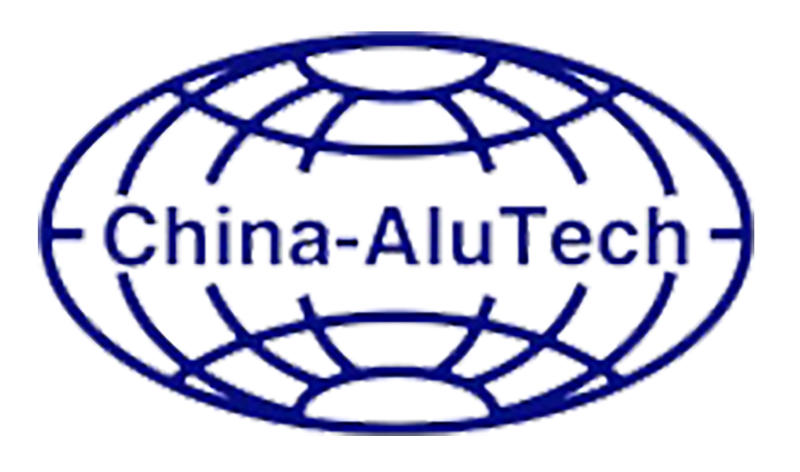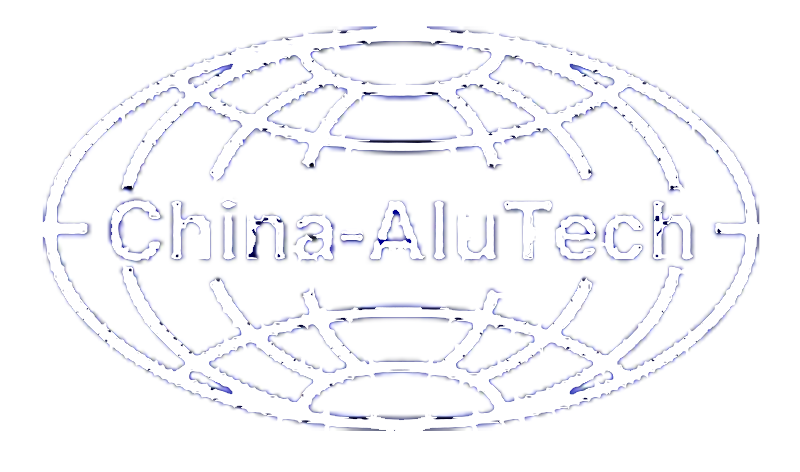An Introduction to Aluminum Extrusion and Profiles
An Introduction to Aluminum Extrusion and Profiles
Aluminium extrusion — is the process in metallurgy in which an aluminium alloy is excised into a product with a definitive cross-sectional profile for a wide range of uses. The unique combination of physical properties inherent to aluminum can then be optimized through the process of extrusion. Its malleability also means it can be easily machined and cast, but, so too, its density and stiffness are both a massive boon for the weight of the metal, which is why it’s employed in so many applications —from aircraft to building materials. This guide is about aluminum extrusion and aluminum profiles and how these ideas will benefit you, regardless of whether you're already familiar with the ideas of production or construction.
What Is Aluminum Extrusion: Process of Aluminum Extrusion
Firstly, for their manufacturing, aluminum alloy is heated at a temperature that makes it malleable and then the alloy is drawn through a die that offers the required cross-sectional geometry. It all starts with the die, configured to whatever profile is needed. The aluminum billet — a hunk of metal the size of a car tire, more or less that one can visualize as a cylinder of aluminum — is then heated to the degree of 800 to 925 degrees Fahrenheit, hot enough to be flexible but not molten.
Using an extrusion press with ram, the aluminum is forced through a die. This will be the same cross-sectional shape as the cavity in the die, through which the aluminum will flow through the opening of the die. It then comes out other side as a long form still bearing the same profile as that of die. They are then cooled, straightened and cut into manageable lengths, and placed into processes such as anodizing and painting to enhance strength and aesthetics.
Pros of Aluminum Extrusion:
Aluminium extrusion is a widely used production technique for industrial applications.
Versatility in Design
While there are so many great benefits of aluminum extrusion, one of the most impressive advantages is its versatility in design. This process allows the embedding of different material types into a part which brings the advantage of step manufacturing complex cross-sections and void spaces / contains intricate features, whereas it requires a combination of a alternative material and a process that can take a lot of time to accomplish. This freedom of design enables profiles to be tailored for much more specific criteria.
Strength and Lightweight
Aluminum is biocompatible, good and very useful in its great strength to weight ratio. For most applications, extruded aluminum profiles can be manufactured to whatever strength is required. Being lightweight but extremely robust means that there are some areas where aluminum profiles can be a knowledge-based solution, wherever weight is an issue; automotive and aeronautics solutions, for example.
Separation of strength and corrosion resistance
Aluminium has a very high corrosion resistance due to the presence of a self protection oxidation layer. This can be further improved through various processes like anodizing making this material stronger and more suitable at extreme environments.
Conductivity
And aluminum is a great conductor of heat and electricity. Its conductivity, combined with its low weight, makes it an excellent candidate for power distribution lines, heat sinks, and electronic housings.
Recyclability
Aluminium, during recycling doesn't lose its properties, so for Plato it embodies the 100% recyclable material. However, this means that aluminum extrusion is an extremely sustainable process that is in-line with the increasing need for sustainable manufacturing processes.
MIS for Aluminum Extrusions (Oct 2023)
Due to its versatility and conditional physical properties, aluminum extrusions are used for several applications.
Construction
In the building and construction industry, aluminum extrusions are used for window frames, doorframes, roofing, as well as curtain walling, among a host of others. Due to their strength and weather resistance, they are often used in these applications.
Transportation
Aluminum extrusions frame automotive chassis, body panels and railcars in the transportation sector. It contributes to saving fuel and lowering emissions, as these lightweight elements take on an important part.
Electronics
Aluminum is very suitable for heat sinks (especially in case of electronics) due to its extremely high thermal conductivity and this is the reason to use aluminum extruded profiles. It is also used in electronic housings and frames for solar devices.
Industrial
Most aluminium extrusions industry players (old as well as new as of October 2023) have been quicker to solve environmental and energy problems. Its flexibilites and strength make it available for many powers industrial applications
Specialist: How to choose a profile according to your requirements
A comprehension of the application is critical when it comes to a project for which aluminum extrusion may be applicable.
Strength Requirements
[With profile strength,] you could look at what the feature to weight the most in the profile, depending on the application of the profile. Aluminum can also be alloyed (combined) with different materials and metallurgical processes to provide varying degrees of strength and toughness.
Thermal Considerations
The aluminum alloy being used (for heat-transfer applications such as heat sinks) and profile design both matter highly.
Finishing Options
Aluminium products in question may require further finishing such as anodizing, powder coating or paint depending on the application to offer further protection or aesthetic to the specific aluminium profiles.
Economic Efficiency
So the extrusion process can be adjusted as much as possible to be cost-effective using the chosen polymer material whilst cooking the complexity of the designer against the economics of the manufacturing process.
Conclusion
There are many advantages to aluminium extrusion, and this is a very flexible manufacturing process. Artificial intelligence applicationstouches almost all production areas in late modernity;several aspects can gain attention from process parameters to final products and employees enthusiasm and luxury; it is also wide and diversed in applications. It is one of the most helpful processes in the current market since it enables manufacture of complex profiles, solid and weightless showcase to severe nature. Aluminum extrusion enables efficient and sustainable end-solutions in the construction, transportation electronics, industrial application etc.
Time spent learning about the basics of aluminum extrusion, like the extrusion process, benefits of using extrusions, and how to select the right profiles, is time well invested for anybody whose project involves aluminum. And with that knowledge, designers and engineers are able to harness this great material and process, leading to new design ingenuity and product simplification. Future in Heaviness The Aluminum extrusion industry is more than it seems; it is the crucible wherein strength, efficiency, and sustainability do battle.h, efficiency, and sustainability reign supreme.

 EN
EN








































